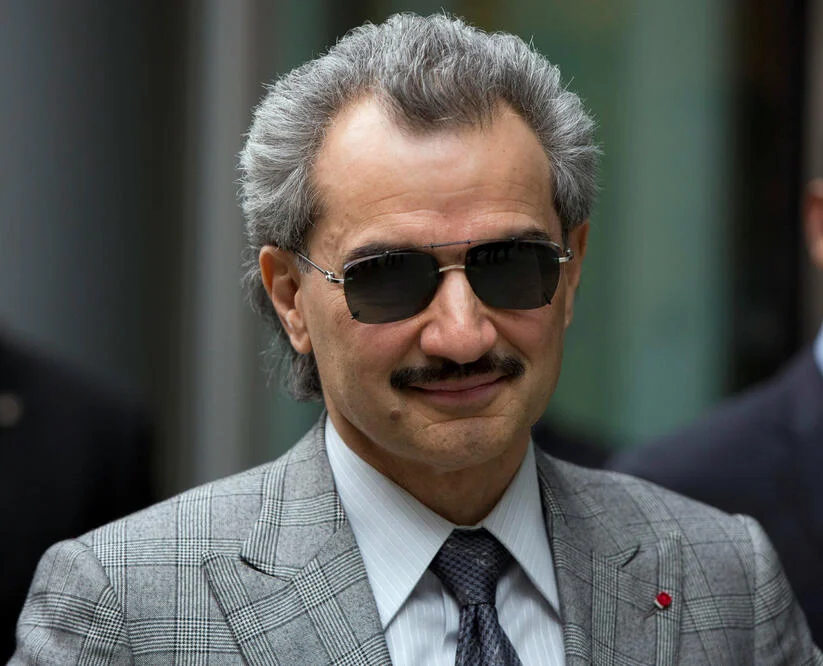Saving vs Investing
A Practical Guide to Building Wealth
By Zulaikha Bi

In today’s modern lifestyle and unpredictable economic climate, the way we manage our money has never been more important. Whether you live in a bustling financial hub or a small town, the basic question remains the same: Should I save or invest my money? Understanding the difference between saving and investing, and knowing when to do each,is one of the first major steps toward building lasting financial security and wealth.
Saving is the act of setting aside money for future use, typically in a safe, easily accessible place such as a bank account. Investing involves committing money to assets like stocks, bonds, real estate, or mutual funds with the expectation of earning a return over time. Both are crucial to your financial well-being, but they serve very different purposes.
Saving is often your first line of defense. It provides immediate security and peace of mind, especially when unexpected expenses arise such as a medical emergency, job loss, or urgent car repairs. The funds you save are typically placed in low-risk accounts such as savings accounts, certificates of deposit (CDs), or money market accounts. While these options offer limited growth, they provide stability and liquidity. In many countries, savings held in regulated financial institutions are insured, which adds an extra layer of safety. However, the main drawback of saving is that the returns are usually low, often lower than the rate of inflation. Over time, this means that the money you’ve saved may lose purchasing power.
Investing, by contrast, is about making your money work for you over the long term. When you invest, you’re buying assets with the goal that they will increase in value or generate income over time. Common types of investments include stocks, bonds, real estate, and mutual funds or ETFs. Investing carries risks such as market fluctuations, economic downturns, and even total loss in some cases, but it also offers the potential for significantly higher returns compared to traditional savings. Historically, global stock markets have returned between 7% and 10% annually on average over long periods, outpacing inflation and enabling long-term wealth building. For beginners, mutual funds can be a good starting point since professional fund managers handle the money and reduce the chances of large losses.
It’s not a matter of saving or investing, you need both. Saving is ideal for short-term needs and emergencies, while investing is essential for achieving long-term goals such as retirement, buying a home, or funding a child’s education. Without savings, you’re financially vulnerable. Without investing, your wealth may never grow enough to meet your future needs.
You should focus on saving when you don’t have an emergency fund. Experts suggest building a reserve that covers three to six months of living expenses. Saving is also necessary when you have short-term goals such as buying a car, planning a wedding, or going on a vacation, or when you anticipate large upcoming expenses such as tuition fees or medical procedures. In these cases, security and easy access to funds are more important than high returns.
Investing becomes important once you’ve built your emergency fund and covered your short-term needs. It is best suited for long-term goals, typically five years or more, where you are willing to accept some level of risk for the chance of higher returns. Time is one of the most powerful tools in investing because the longer your money stays invested, the more opportunity it has to compound it, meaning you earn returns not only on your initial investment but also on the returns you’ve already made.
Inflation affects every economy, and its impact on savings and investment returns is significant. In developing economies where inflation can range between 6% and 15%, holding cash or keeping money in a low-interest savings account can be detrimental. If inflation is higher than your savings rate, you’re essentially losing money each year, even if your bank balance remains the same. Investing, when done wisely, can help offset inflation. Assets like stocks, real estate, and inflation-protected bonds are designed to maintain or grow purchasing power over time.
It is also important to clear up some misconceptions. Many people believe that investing is only for the wealthy, but thanks to technology, anyone can start investing with as little as $5 or $10 using micro-investment platforms and apps. Some think saving is enough if they are disciplined, but if inflation outpaces your returns, even the most disciplined saver may struggle to grow wealth meaningfully. Others believe investing is gambling, but unlike gambling, investing is built on research, diversification, and a long-term mindset.
Beginners can approach wealth building by taking a balanced strategy. Start by setting clear financial goals , whether it’s an emergency fund, retirement, education, business, or home purchase. Once you’ve saved enough for security, begin investing gradually with low-cost index funds, ETFs, or mutual funds through beginner-friendly platforms. Diversify your portfolio across sectors, countries, and asset types. Stay consistent by making regular contributions because over time, even small amounts can grow substantially through compounding. Finally, review and adjust your strategy annually to align with changing goals and circumstances.
Building wealth isn’t about luck or perfect timing. Anyone can create wealth if they truly aspire to. Save to be safe, invest to grow. When used together, they form the foundation of a strong and resilient financial life. No matter where in the world you live, London, Dubai, or New York, the principles remain the same: start early, stay informed, and take consistent action.



